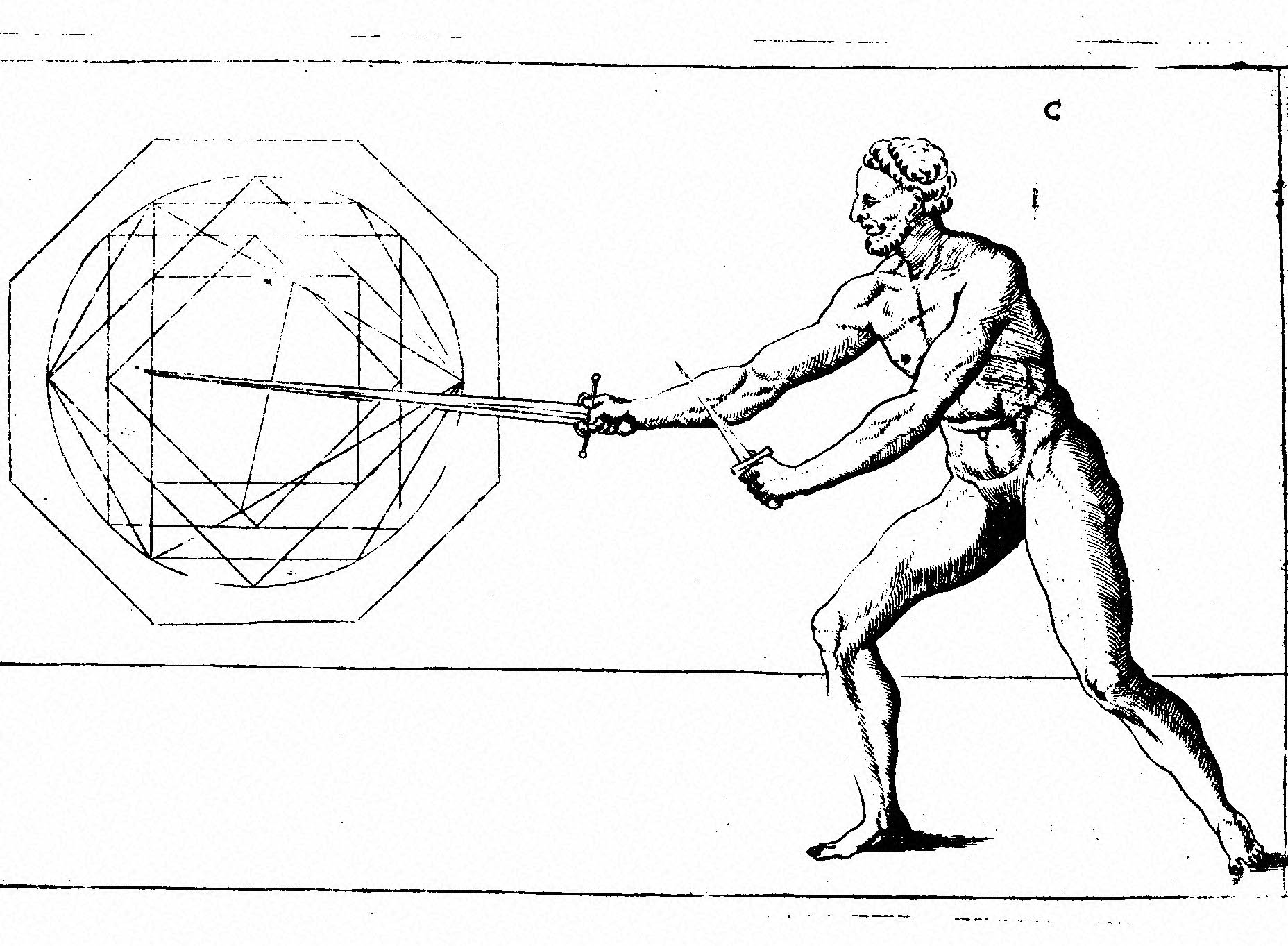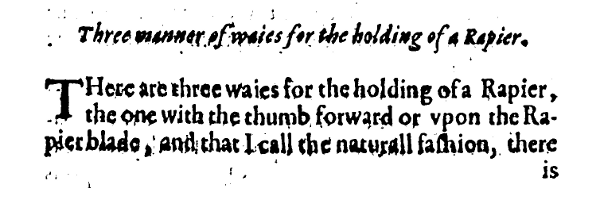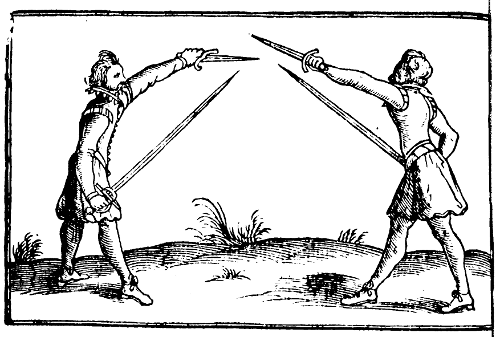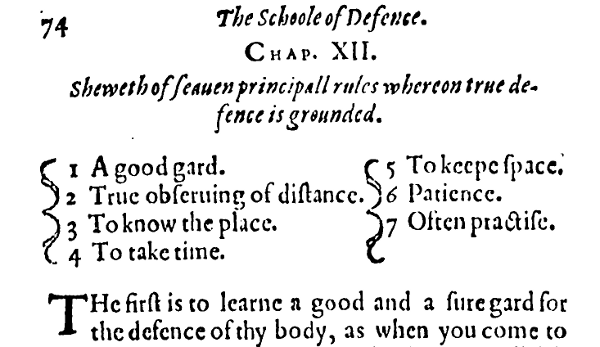English Rapier Timeline
I was revisiting my article I wrote for Tournaments Illuminated on the London Masters of Defence, and I got to thinking that a timeline setting the developments in rapier in Europe alongside the developments in rapier in England might be a good idea, it would give people an idea of what types of fencing manuals would be available to an English fencer at different times. For this I was aided by the lists of fencing manuals kept by both ARMA and Jared Kirby. I ignored the manuals that didn’t involve fencing, so that would be any manuals that focused purely on wrestling or horsemanship.
What I learned is that the early use of Rapier in England (such as the exhibition matches before Edward VI) would likely have been more like longsword combat utilizing a rapier (or rather what we’d call a sidesword) or would be similar to Manciolino or Marozzo; while the formal teaching of the rapier under the London Masters of Defence (1568 and later) would have been closer to Agrippa and later DiGrassi and Dall’Agocchie. It would be interesting to compare Agrippa and DiGrassi as it would likely show the difference between the teaching of the Rapier for the yeoman class and the gentleman class. The yeoman class would likely still be using modified longsword techniques as well as Agrippa and Marozzo while the gentry, being taught by Bonetti and other Italian fencing masters, would have been using the newer techniques from DiGrassi and Dall’Agocchie earlier. By the time Silver is complaining about the use of the rapier in England the manuals of choice were likely from the later manuals such as DiGrassi, Meyer, de Sainct Didier, Dall’Agocchie, Viggiani, Ghisliero, Lovino, and perhaps even Carranza, in addition of course to Saviolo. Swetnam’s teaching however would likely have been closer to Fabris’ manual than even Saviolo’s work.
(more…)
 your opponent is. To counteract the innate danger in this lunge you must be skillful, have practiced, and have good judgement, especially in knowing where your opponents weapon is. You must make your passing lunge as fast as possible, as soon as you see an opening with your opponents sword high you need to step forward with your left foot quickly, and parry your opponents weapon with your dagger, pushing it up and out of the way at the same time that you attack with your rapier. Your parry and attack must happen at the same time rather than as two actions or it will be too slow. The passing lunge is most effective if your opponent likes to stay in the same guard, but is more dangerous if he moves from guard to guard frequently.
your opponent is. To counteract the innate danger in this lunge you must be skillful, have practiced, and have good judgement, especially in knowing where your opponents weapon is. You must make your passing lunge as fast as possible, as soon as you see an opening with your opponents sword high you need to step forward with your left foot quickly, and parry your opponents weapon with your dagger, pushing it up and out of the way at the same time that you attack with your rapier. Your parry and attack must happen at the same time rather than as two actions or it will be too slow. The passing lunge is most effective if your opponent likes to stay in the same guard, but is more dangerous if he moves from guard to guard frequently. Swetnam tells us that there are three ways to hold a rapier.
Swetnam tells us that there are three ways to hold a rapier.
 The seven principles are:
The seven principles are:
You must be logged in to post a comment.